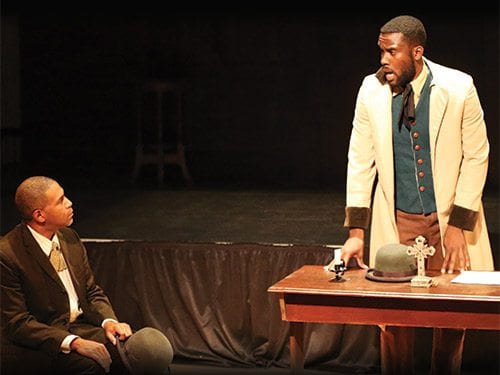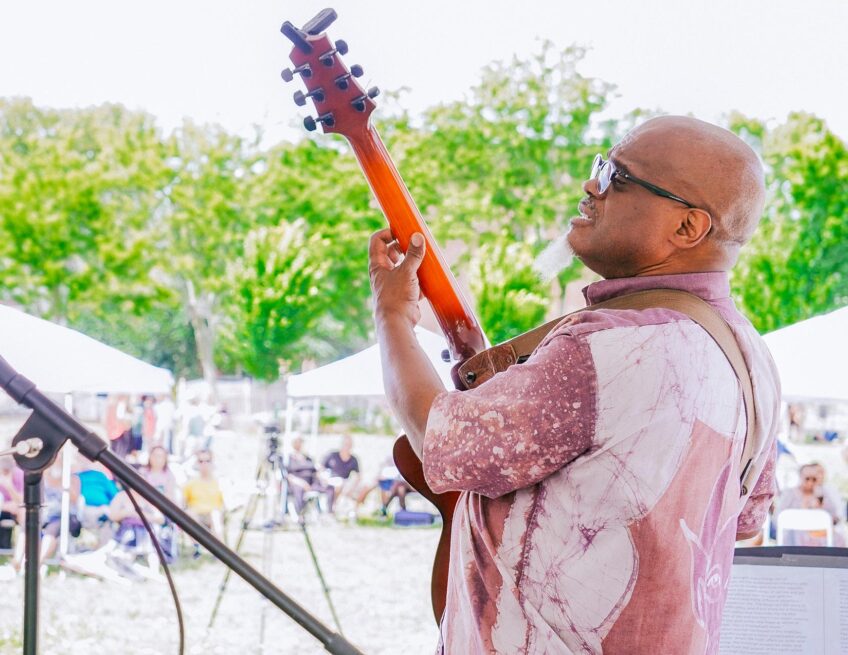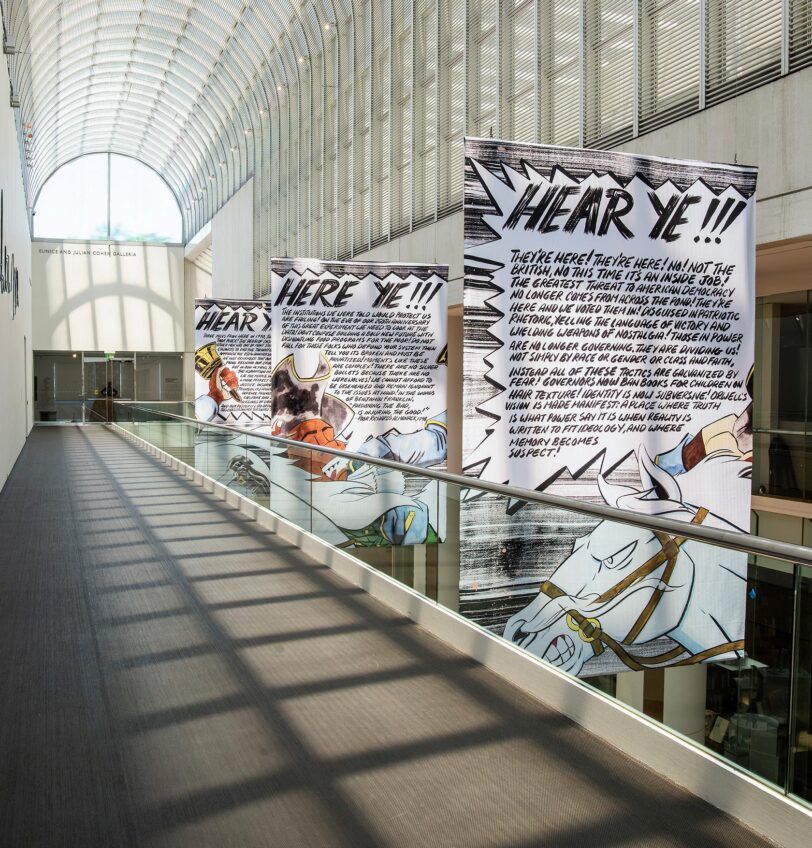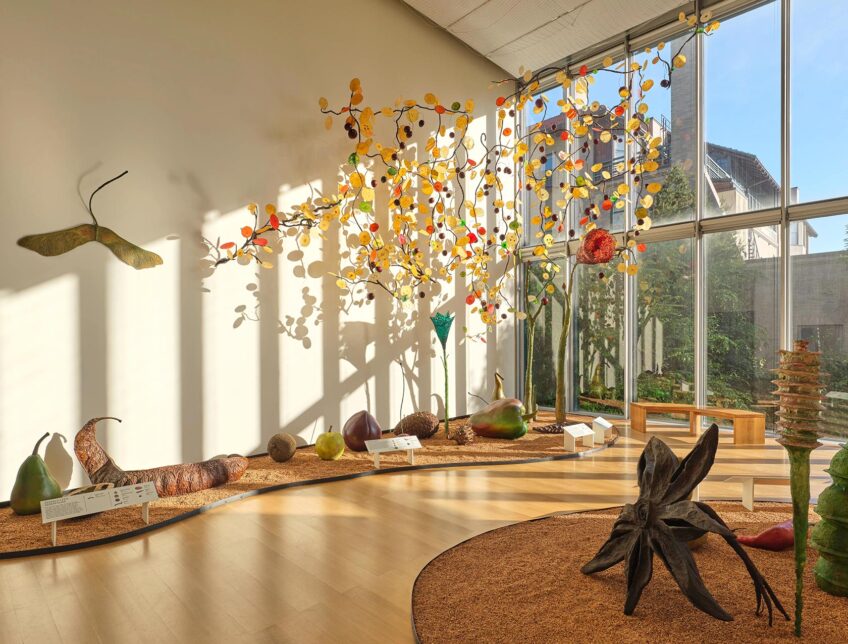
History is alive and well in the city of Boston, and this month hits the stage in the form of “Top Eye Open”, a play exploring the Fugitive Slave Law. Scripted and composed by Dillon Bustin, artistic director of Hibernian Hall, and directed by Jacqui Parker, artistic director of Our Place Theatre, the show tells the story of Shadrach Minkins, the first man in Boston to be arrested under the slave law. Playing through November 19 at Hibernian Hall in Roxbury, the show uses rich narrative and curated musical selections to bring history to life.
On the web
For tickets and information, visit: www.madison-park.org/event/top-eye-open-escape-shadrach
In 1851, Minkins was arrested as an escapee in the coffee shop where he worked. He was promptly taken to the courthouse for trial. When the League of Freedom, an abolitionist group based on Beacon Hill, got wind of his arrest, they went down to the courthouse and rescued him. Minkins then was hidden in Beacon Hill, then helped through Massachusetts and eventually made it up to Canada.
Bustin explains that this was a remarkable story for a number of reasons, the first being the abolitionist nature of the city. “This [Fugitive Slave] law was met with great resistance in Boston,” he says. “It raises the issue of what it means to be a sanctuary city.” Additionally, the boost of Minkins from jail was accomplished completely by African Americans, and executed in just a few short hours. This kind of active, organized resistance is especially relevant in our current political climate.
Bustin draws parallels between the Fugitive Slave Law and contemporary immigration policies. Issues of full citizenship that were the foundation of 1850s turmoil are very much at play, with questions regarding United States borders. Hibernian Hall itself has a history with the immigrant community. It was established in 1960 as a dance hall and entertainment haven for Irish immigrants. After a period of disrepair, it was purchased by the Madison Park Development Corporation in 2000 and restored to its original purpose. Now it serves as the ideal setting for a show about community and belonging.
Though the core of the show is centered on Minkins, it also tells the story of three couples who find and navigate romance on the path to justice. “Top Eye Open” incorporates popular music from the 1850s such as “Jump, Jim Crow,” a song later adopted by minstrel shows. Bustin also composed original music for the production. The show is family friendly and welcomes all ages, despite the heavy themes.
Bustin says, “I think it raises the question, what does it mean to be an American, and what does it mean to be free?”







